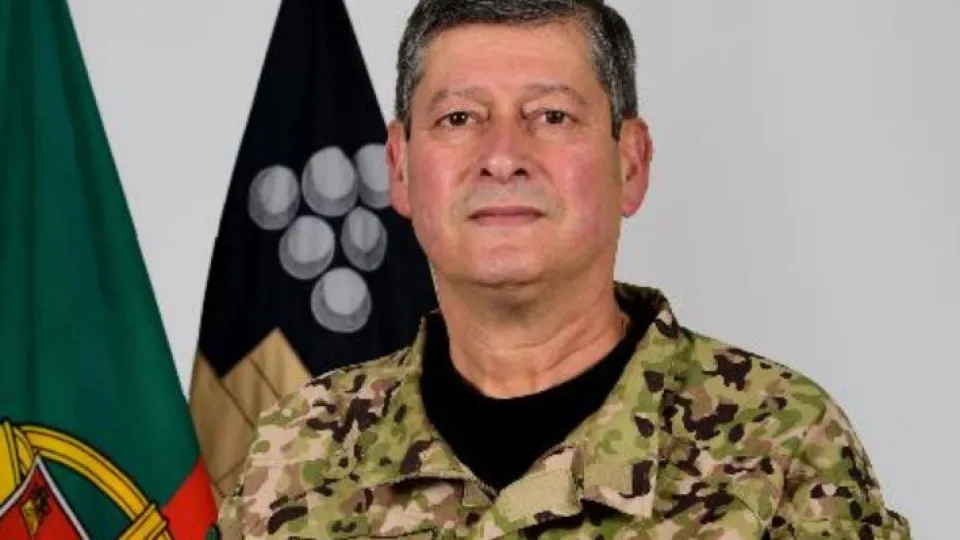
“The rehabilitation of the two hangars at the airfield, namely the North Hangar, will allow for the initiation of pilot and technician training before the arrival of the first aircraft,” stated General Eduardo Mendes Ferrão, noting that the entire military space will be requalified “in phases,” with the unit in Tancos equipped with “three medium helicopters, with the option for an additional aircraft.”
The airfield, located in the municipality of Vila Nova da Barquinha, district of Santarém, has been selected to host the future Helicopter Support, Protection, and Evacuation Unit of the Army (UHAPE), a project that General Mendes Ferrão considers “a historical milestone” in the capability of ground forces, by introducing their own air means into the Portuguese Army.
“The Army is developing the Helicopter Support, Protection, and Evacuation Project (HAPE), a structuring initiative aimed at equipping the Institution with its own rotary-wing capability, essential for direct support of ground forces and to enhance operational autonomy in military missions and civil protection support,” explained the CEME in a written response.
According to the Army’s top official, the creation of this new capability “responds to a historical need,” allowing “the use of the third dimension of the battlefield – air – in missions of reconnaissance, tactical transport, close air support, and medical evacuation (MEDEVAC).”
The process of acquiring the helicopters is inscribed in the Military Programming Law (LPM) and foresees an initial investment of around 50 million euros. The first aircraft is expected to be delivered at the end of 2026, with the remaining following at a rate of one per year until 2028.
According to Mendes Ferrão, the helicopters – capable of carrying up to 12 soldiers – will have a “dual use,” being employed in both military operations and civil support missions, including transportation of the injured, medical evacuation, logistical support, and, in the future, combatting rural fires.
The HAPE project was formally approved in October 2024, when the Minister of National Defense, Nuno Melo, signed the order authorizing the purchase of the aircraft. At the time, the government official highlighted that “this is a capability long requested by the Army” and that “it will make a big difference in the future,” emphasizing it as “a crucial investment” for the missions of the ground forces.
General Mendes Ferrão informed that, besides the rehabilitation of the North Hangar, interventions are underway across the entire infrastructure of the airfield, including the airstrip, control tower, maintenance areas, and general depots.
The works aim to create “the appropriate conditions for the reception of the aircraft and the installation of support and maintenance systems,” with the remaining interventions – notably in supply and technical support areas – expected to be completed by March 2026.
The training of pilots and maintenance technicians will begin before the arrival of the first aircraft, following European military airworthiness requirements (EMAR/PMAR) and certification by the National Aeronautics Authority.
Additional training is also planned with allied armies, within NATO, to strengthen interoperability.
The Army’s rotary-wing aircraft will execute a wide range of missions, both in national territory and in international theaters of operations.
These include close air support to ground forces, armed reconnaissance and limited protection, rapid personnel and material transport, force projection and extraction, and support in natural disasters.
Domestically, the new unit will be integrated into the Army’s Emergency Military Support Plan (PAMEEX), coordinating with entities like INEM, GNR, and the National Emergency and Civil Protection Authority (ANEPC).
The CEME emphasizes that the project also has “a positive economic impact for the Médio Tejo region,” reinforcing Tancos’ strategic military role and enhancing dual-use of the infrastructures.
In November 2024, the mayors of the Médio Tejo Intermunicipal Community welcomed the Army’s “approval” of the civil use of the airfield, provided operational military area requirements are maintained.
Mendes Ferrão confirmed he does not oppose this intention, acknowledging “the potential of the infrastructure for joint civil and military use.”
“Tancos will establish itself as a national reference base for Army helicopter operations, realizing an integrated defense and societal support vision, simultaneously enhancing the Armed Forces’ response capability and the Army’s contribution to population security and protection,” concluded General CEME.




